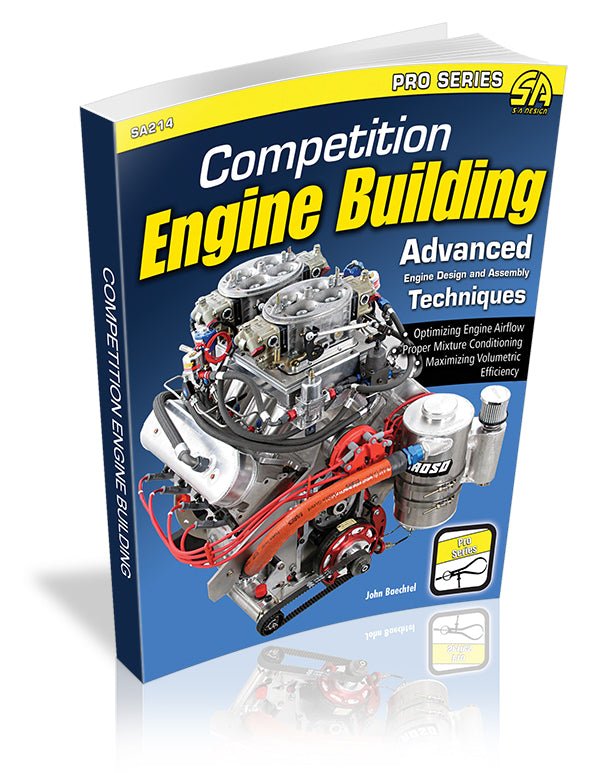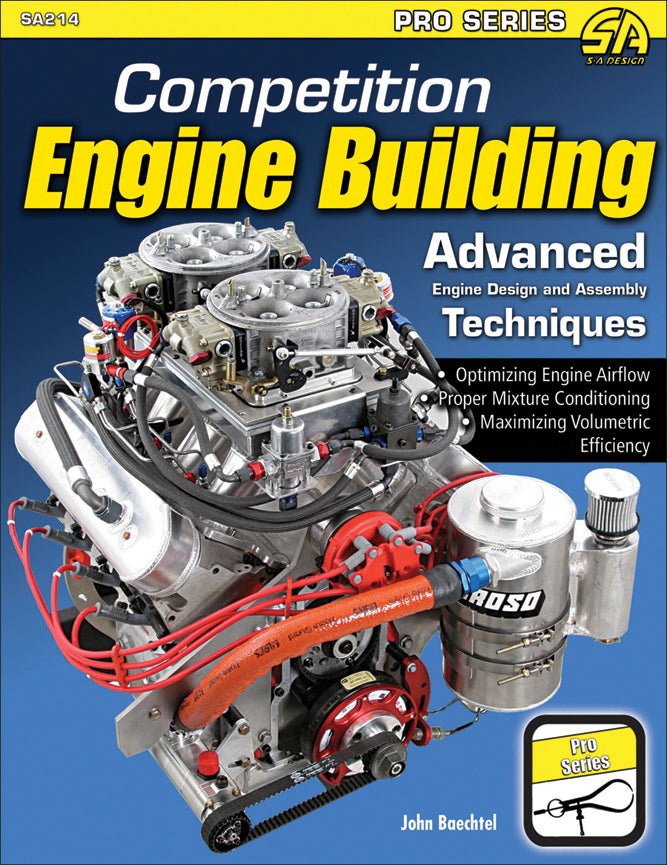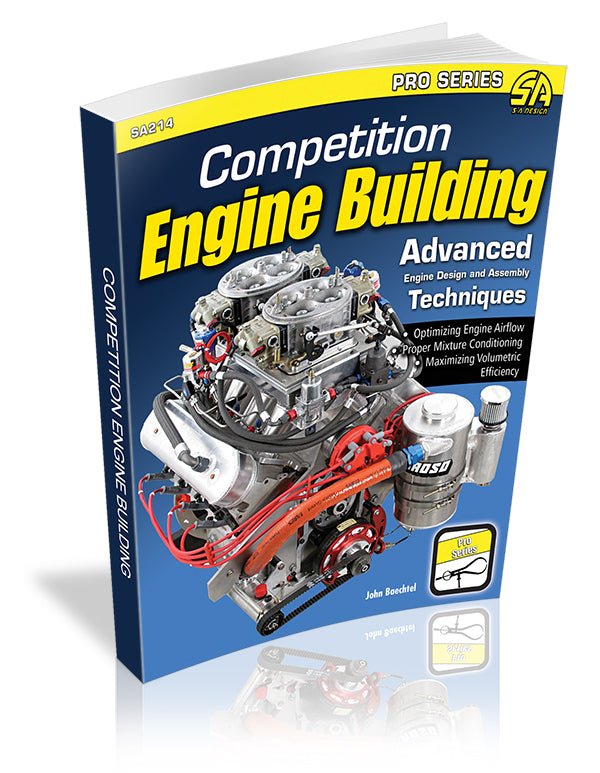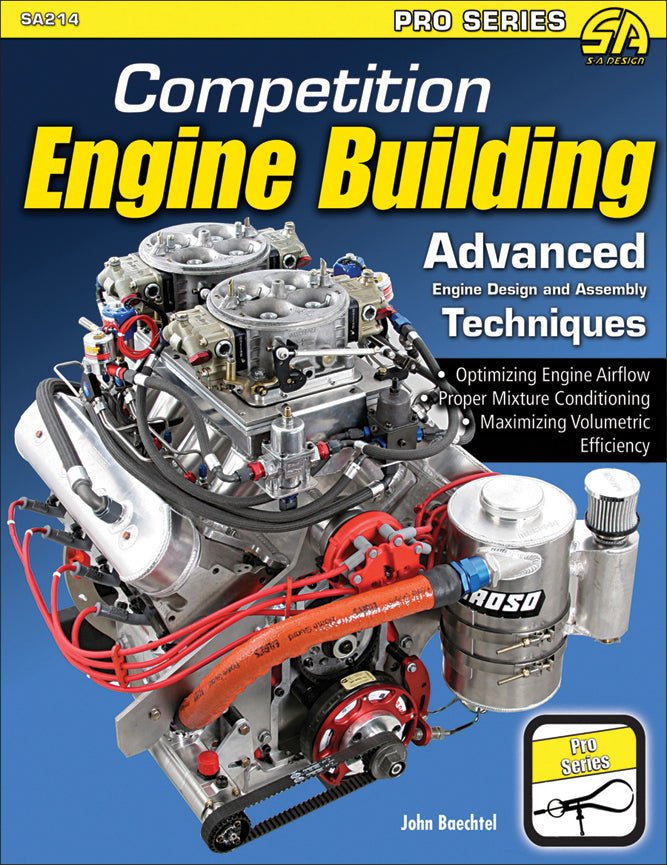This book features reviews of many popular modern tools, techniques, products, and testing/data collecting machinery. Showing the proper way to use such tools, how to accurately collect data, and how to use the data effectively when designing an engine, is critical information not readily available elsewhere. The special needs of a competition engine aren't commonly discussed, and the many secrets competition engine builders hold closely are openly shared on the pages here.
Authored by veteran author John Baechtel, Competition Engine Building stands alone as a premier guide for enthusiasts and students of the racing engine. It also serves as a reference guide for experienced professionals anxious to learn the latest techniques or see how the newest tools are used. Baechtel is more than just an author, as he holds (or has held) several World Records at Bonneville. Additionally, his engines have won countless races in many disciplines, including road racing and drag racing.
Acknowledgments
Introduction
Chapter 1: Race Engine Planning
Consider the Limitations
Performance Objectives
Unlocking Hidden Power
How Cylinders Influence Each Other
Chapter 2: Torque and Horsepower
Volumetric Efficiency
Understanding BSFC
Where Power Comes From
What Influences Power?
Chapter 3: Cylinder Blocks
Grooming the Short Block
Block Type
Block Inspection
Machine Shop Processes
Chapter 4: Crankshafts
Crankshaft Types
Strength Treatments
Counterweights
Operating Conditions
Crankshaft Oiling
Engine Balancing
Crankshaft Dampening
Chapter 5: Piston Technology
Piston Speed
Acceleration
Piston Speed Issues
Selection Factors
Race Piston Terminology
Rings
Piston Ring Terminology
Ring Installation
Micro-Welding
Chapter 6: Connecting Rods
Rod Length as a Tuning Component
Connecting Rod Materials
Characteristics of Rod Activity
Rod-to-Piston Clearance
Chapter 7: Engine Bearings
Characteristics of Engine Bearings
Roller Cam Bearings
Clearances
Bearing Failures
Chapter 8: Cylinder Heads
Choosing a Cylinder Head
Valves and Valve Sizes
Chapter 9: Induction Systems
Dual-Plane Intakes
Single-Plane Intakes
Tunnel Ram Intakes
Plenum Characteristics
Mixture Conditioning
Surface Texturing
Reversion
Secondary Intake Considerations
Flow Testing
Electronic Fuel Injection
Chapter 10: Carburetors
Carburetor Selection
Exit Air Speed
Tuning Elements
Basic Tuning and Maintenance
Final Thoughts
Chapter 11: Camshafts
Understanding Cam Specs
Calculating Valve Lift
Finding TDC
Degreeing the Cam
Calculating Valve Overlap
Camshaft Terminology
Rocker Ratio Tuning
Duration
Camshaft Selection Criteria
Firing Order Swaps
Chapter 12: Sumps and Oiling
Wet Sump Systems
Dry Sump Systems
Oil Accumulators for Racing Engines
Common Modifications
Chapter 13: Ignition Systems
Ignition Choices
Race Engine Ignition Tips
Chapter 14: Exhaust Systems
PipeMax Header Software
Step Headers
Header Design Kit
Chapter 15: Engine Build Tips
Assembly Procedure
Chapter 16: Engine Startup and Maintenance
Startup and Break-In
Maintenance Program
Recommended Maintenance
Engine Dyno Testing
Source Guide





